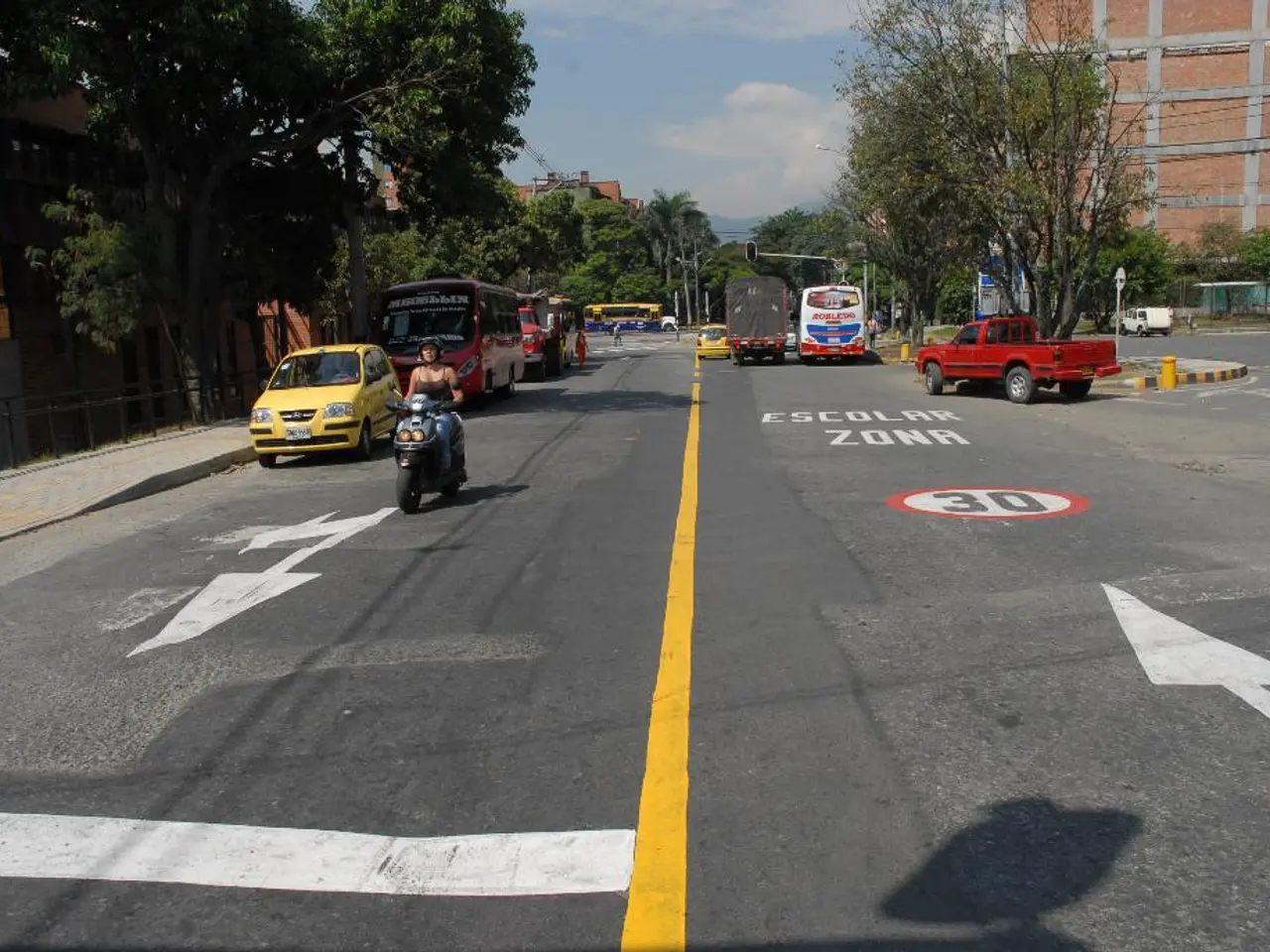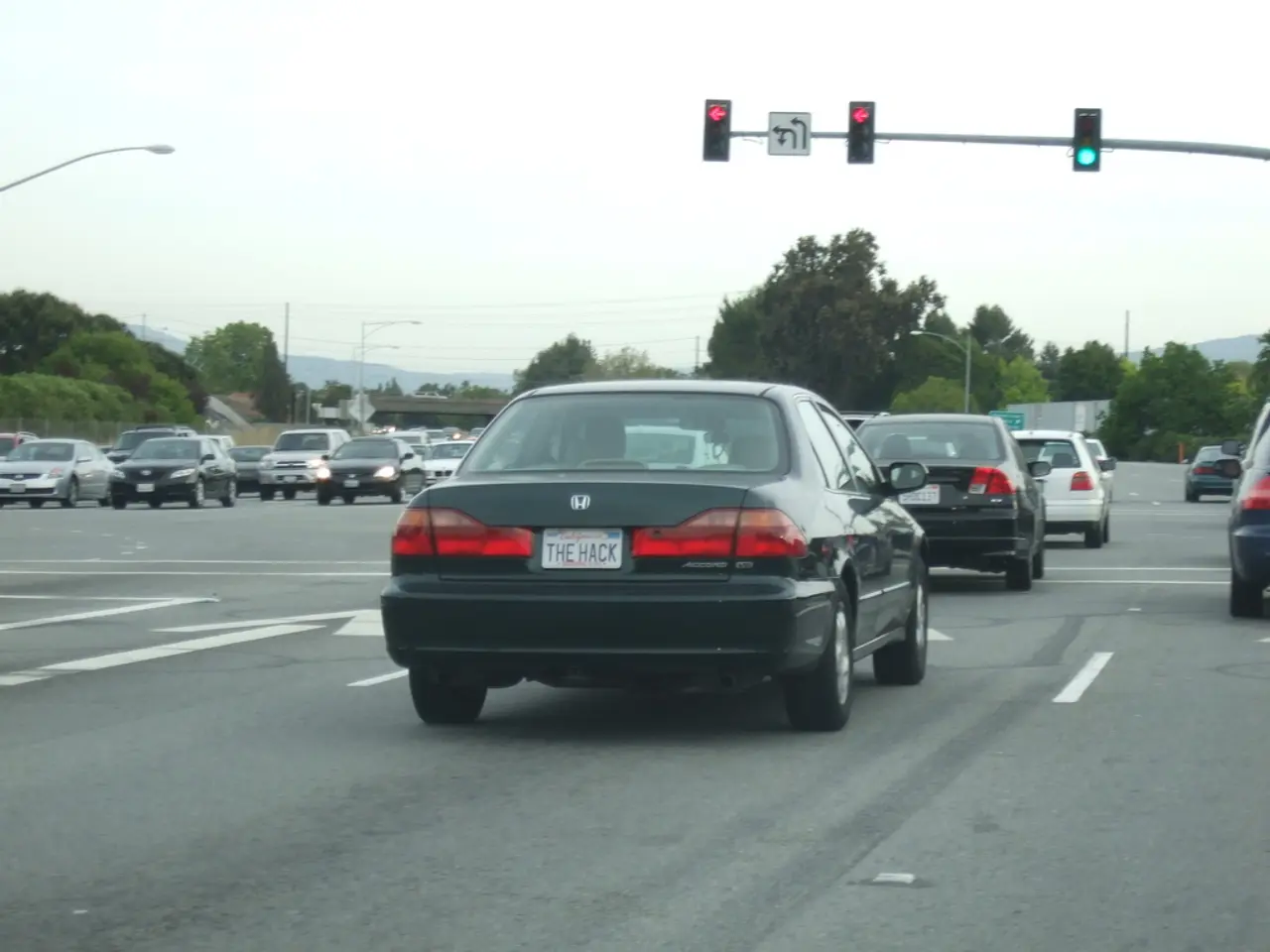Driving in Europe During Summer Holidays: Aware of Environmental Zones and Fees for Your Vehicle
Foreign travelers should be mindful of designated ecological areas in foreign lands - Foreign Countries Adopting Environmental Zoning Strategies as Per ADAC
Heed this advice from ADAC as you plan your summer road trip: Make sure to familiarize yourself with regulations such as municipal environmental zones in neighboring countries of North Rhine-Westphalia before hitting the road. According to Thomas Muether, a spokesperson for ADAC North Rhine, "The inconvenience of researching before the trip pales in comparison to the penalties you might face if you ignore these regulations."
It's not just about speed limits—many European cities limit access, institute bans, or charge fees for certain diesel or gasoline vehicles, environmental zones, or city tolls. In some cases, gaining entry requires a paid environmental sticker.
For instance, ADAC's list of access restrictions in Europe includes environmental zones in Belgian cities like Antwerp, Brussels, and Ghent, which mandate registration for German vehicles. In France, an array of cities demand paid environmental stickers permanently or temporarily. Additionally, Dutch cities host environmental zones with differential restrictions for older cars based on emission standards.
To avoid hefty fines while touring Europe's major cities by car, Muether advises drivers to learn about any applicable rules beforehand. Ignoring these regulations can lead to costly consequences.
Environmental Zones and Regulations:
- Low-Emission Zones (LEZs): These zones restrict high-emission cars, often defined by Euro emission standards or national schemes such as France’s Crit’Air badges. Older, more polluting vehicles face bans or access fees to enter these areas, which are aimed at reducing pollutants like Nitrogen Oxide (NOx) and particulate matter detrimental to human health[1].
- Zero-Emission Zones (ZEZs): Stricter than LEZs, these zones only admit vehicles with zero tailpipe emissions, primarily battery electric vehicles (BEVs), hydrogen fuel cell vehicles (FCEVs), and non-motorized transport. The objective is to eradicate air pollution completely in sensitive areas, marking a more advanced phase of urban environmental regulation[1].
- France's Low Emission Mobility Zones (ZFE): Beginning in January 2025, France's ZFE regulations will tighten. Vehicles with Crit’Air 3 badges or worse—generally diesel cars aged 14 years or more, and petrol cars aged 19 years or more—will be prohibited from entering ZFE zones in major cities such as Paris, Lyon, Marseille, and others. By the end of 2024, 12 ZFEs were operational, with an additional 30 urban areas legally mandated to implement their own ZFEs starting 2025. Unregistered vehicles age-selected to be non-compliant will also be barred[5].
- Netherlands: By 2025, around 30-40 of the largest Dutch cities plan to implement Zero-Emission Zones for passenger cars (ZEZ-Fs), supported by funding and charging facilities to encourage electric vehicle adoption[1].
Fees and Charges:
- In most LEZs or ZFEs, non-compliant vehicles are subject to daily charges or outright bans. Fee structures differ by city but aim to encourage upgrading to cleaner vehicles or using alternative methods of transportation[1][5]. Some cities provide subsidies or support to facilitate electric vehicle transitions, including charging infrastructure within Dutch cities within ZEZs[1].
To wrap up, major European cities enforce stringent environmental zones to minimize air pollution and meet climate objectives. These zones ban or charge older, more polluting vehicles, especially during peak travel periods such as summer holidays[1][5]. Proactive research beforehand will ensure a smoother, less costly journey for you at the wheel!
| City/Country | Zone Type | Key Restrictions | Fees/Charges ||-------------------|-------------------------|--------------------------------------|---------------------------------------------|| France (Paris, Lyon, Marseille, etc.) | Low Emission Zones (ZFE) | Crit’Air 3 and worse banned; unclassified vehicles restricted | Daily charges or bans for non-compliance || Netherlands | Zero-Emission Zones (ZEZ-F) | Only zero-emission vehicles allowed | Supported by subsidies; charging facilities || Other European cities | LEZs/CAZs | Vehicles must meet emission standards (Euro classes) | Charges or bans on older/high-emission cars |
[1] European Environment Agency[5] France's Ministry for Environment, Transition, and Housing (2021)[Accessed on February 21, 2023]
Drivers planning to travel in Europe during spring or summer should consider researching the country-specific employment policies that pertain to their vehicles, such as the required environmental sticker for certain diesel or gasoline vehicles, as laws vary greatly between cities. Ignoring these regulations may result in hefty fines or vehicle access restrictions.
To reduce air pollution in sensitive areas, some European cities enforce Low-Emission Zones (LEZs) and Zero-Emission Zones (ZEZs), which either ban or charge older, high-emission vehicles, especially during peak travel periods like summer holidays. France, for instance, will impose stricter regulationsbeginning in January 2025, prohibiting cars with certain Crit’Air badges from major cities like Paris, Lyon, and Marseille. In the Netherlands, around 30-40 of the largest cities plan to implement Zero-Emission Zones for passenger cars by 2025, all supported by funding and charging facilities to encourage electric vehicle adoption.




